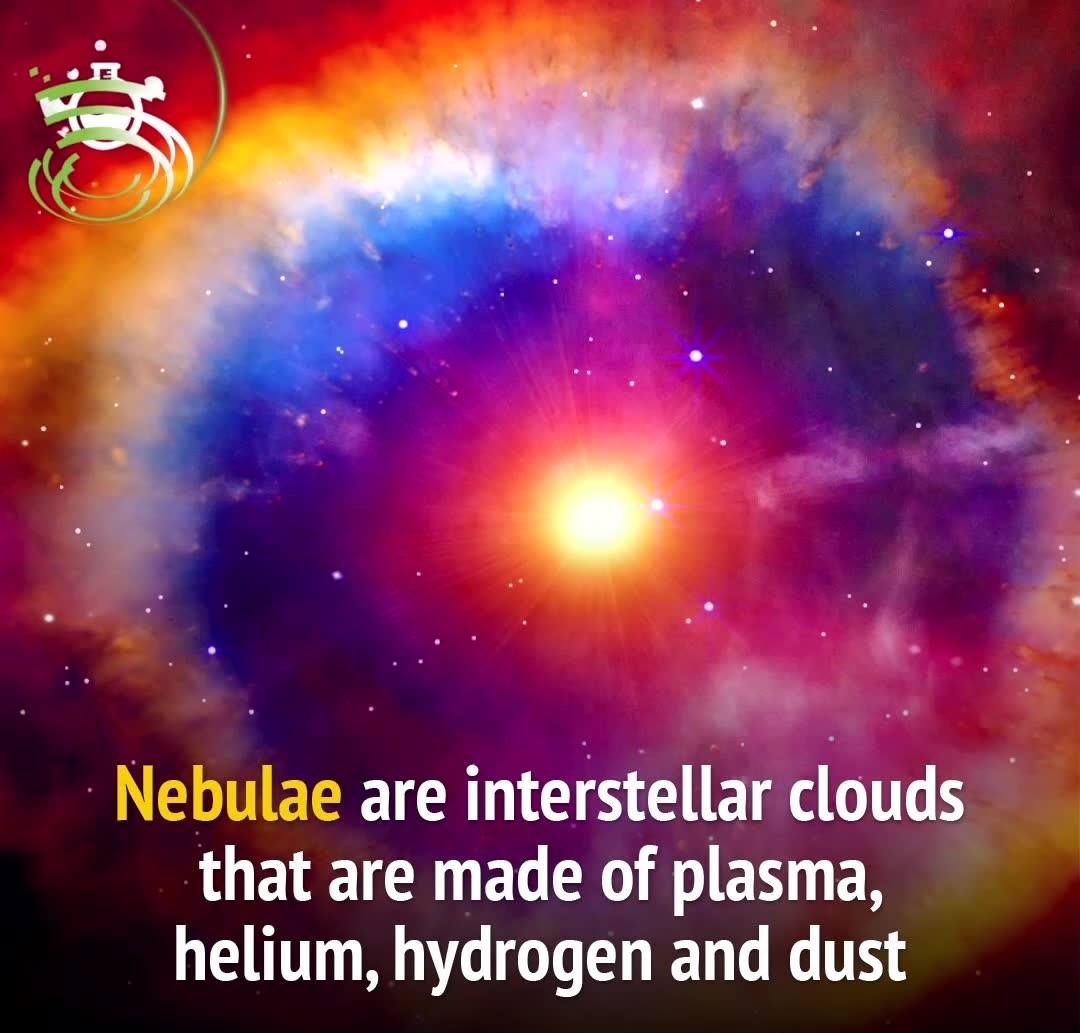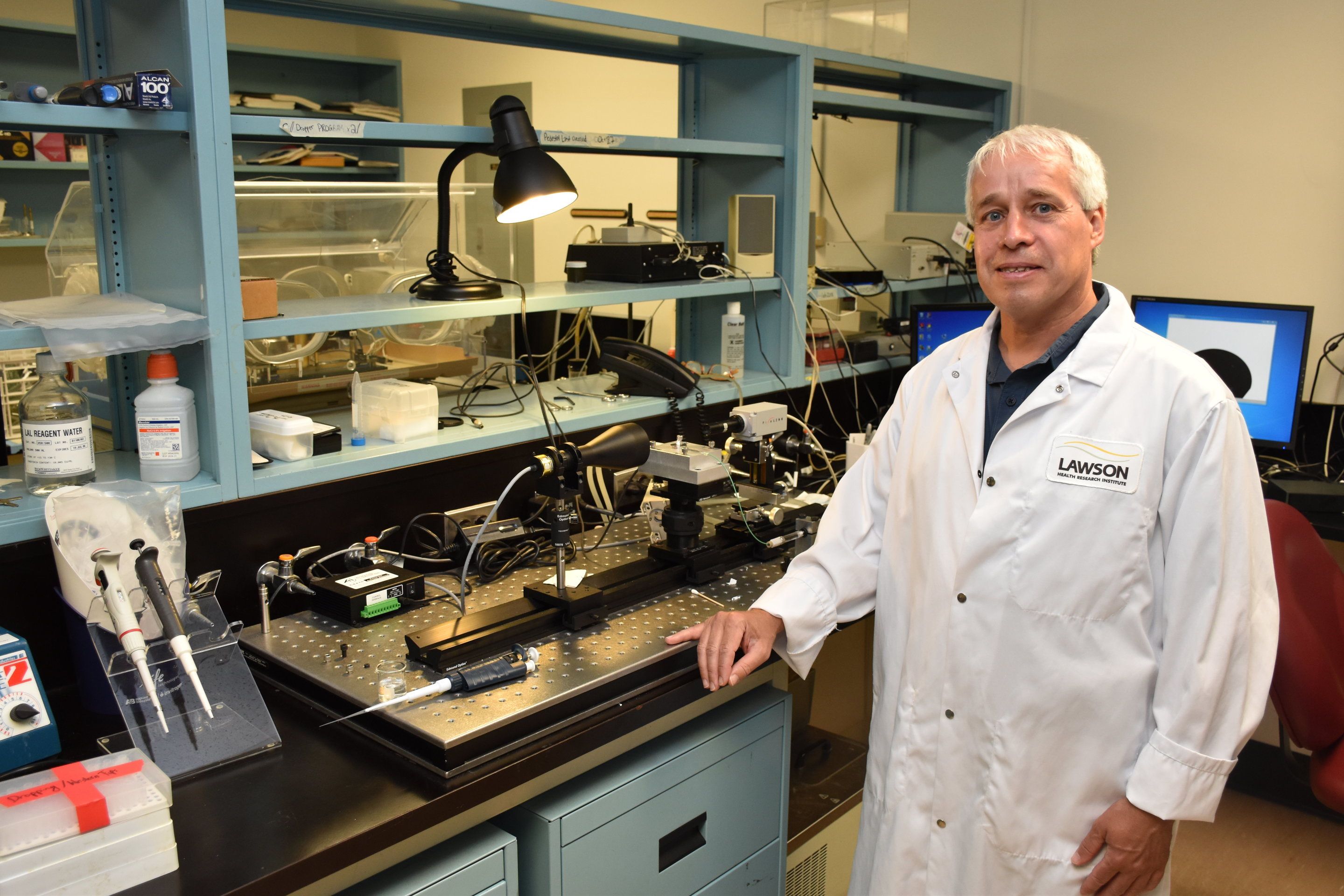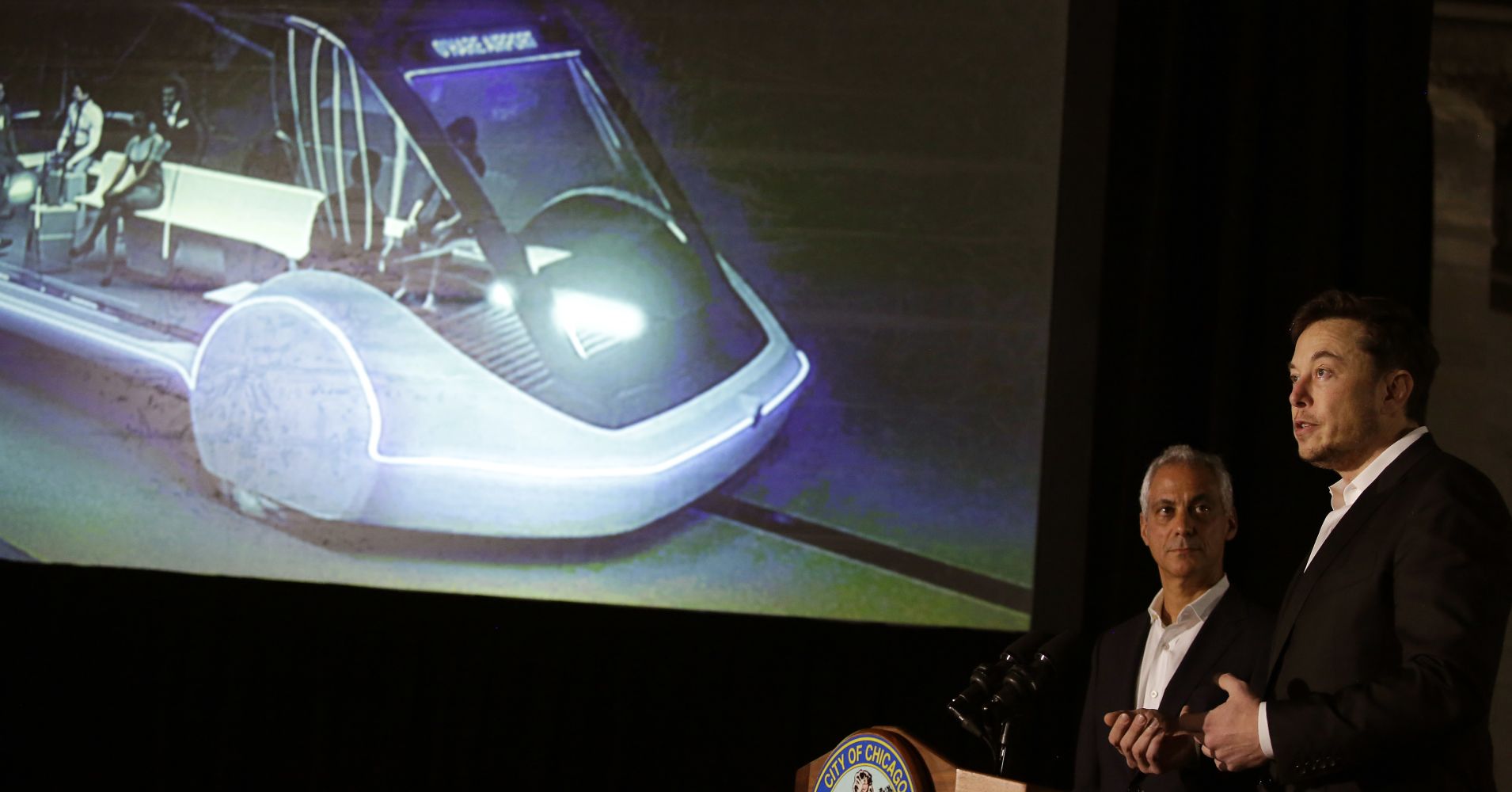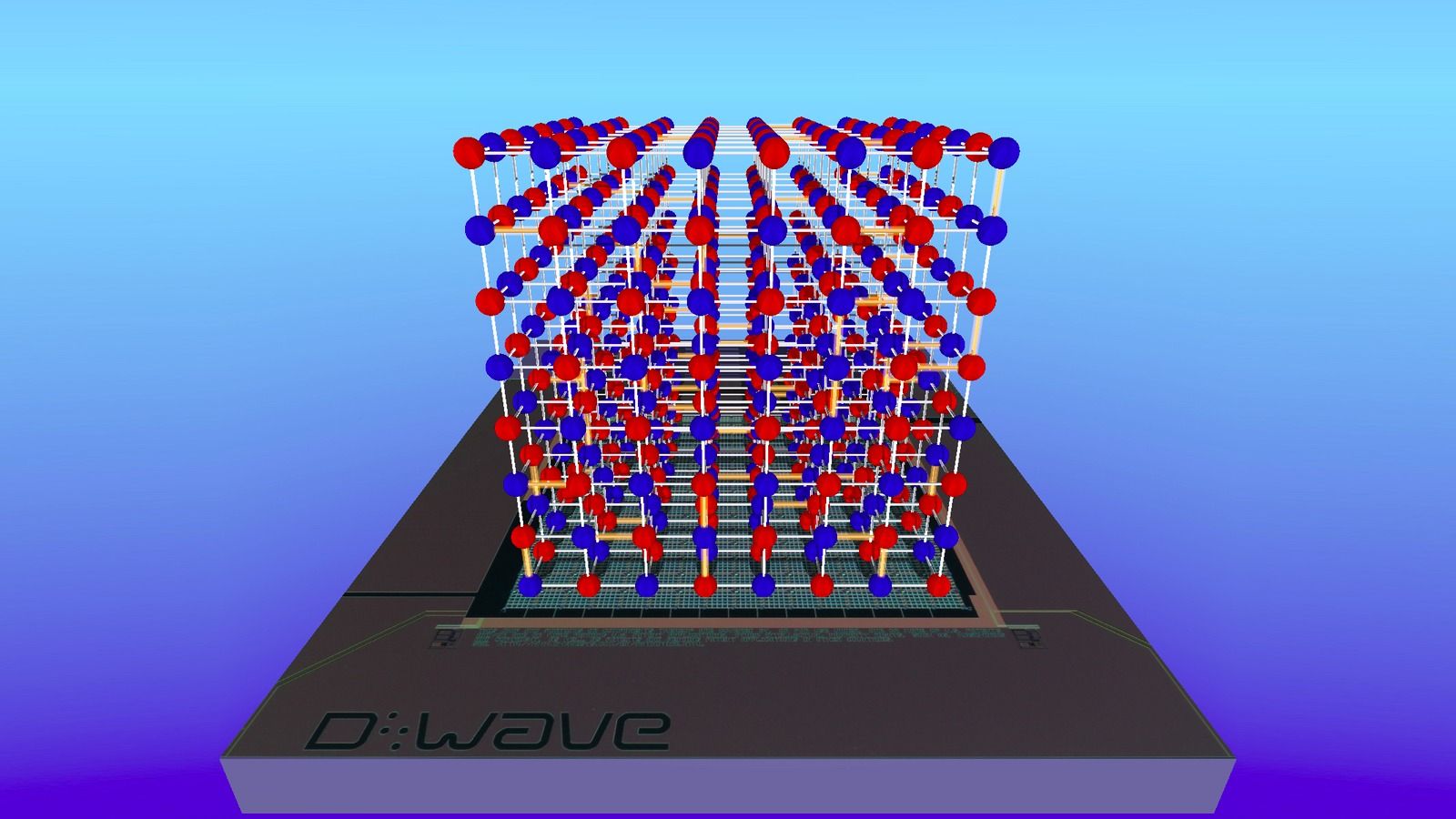Page 9358
Jul 14, 2018
How Nantes team’s 3D printing may alter shape of homes to come
Posted by Saúl Morales Rodriguéz in categories: 3D printing, habitats, robotics/AI
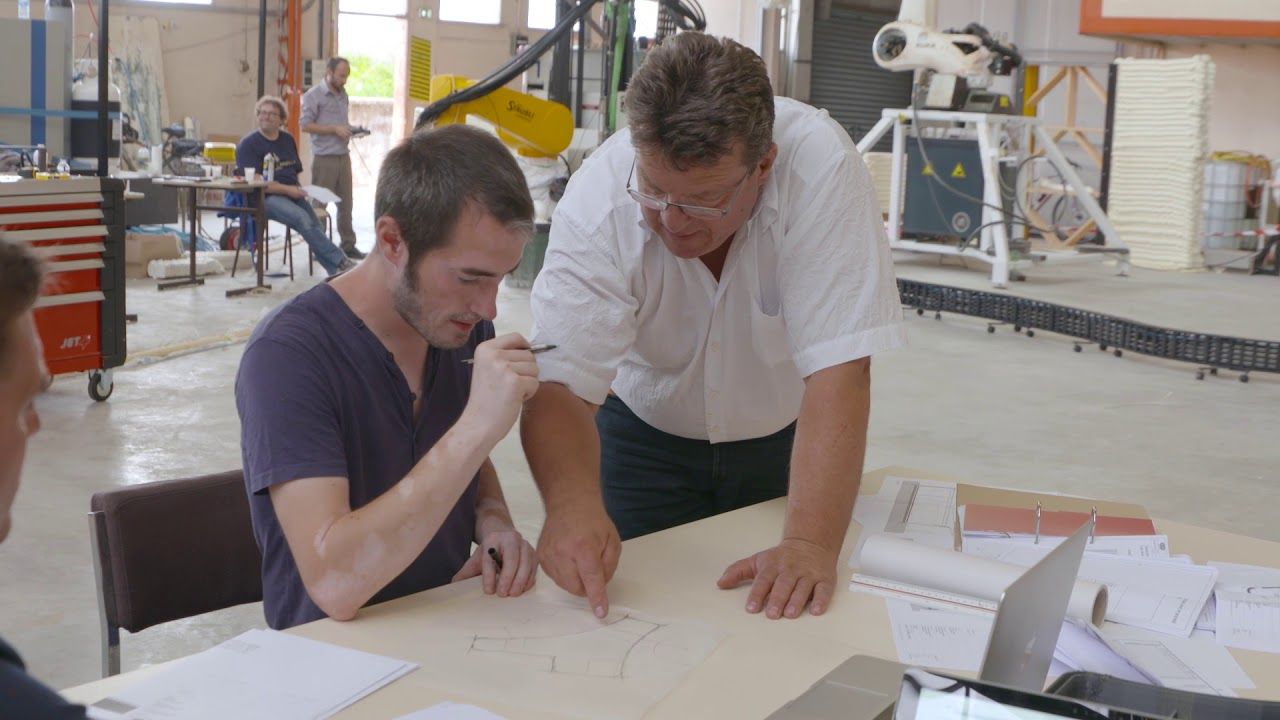
For some months now, a 3D printed house in Nantes has drawn lots of attention, not just because a printer was involved but also because it went up from start to finish so quickly (54 hours to print, then add some more time for the windows and roof). Interesting Engineering said it took some more time to add the roof, windows and doors.
A robot printer was used to print layers from the floor upwards to form the walls, and videos show a beautiful result of five rooms with rounded walls.
Continue reading “How Nantes team’s 3D printing may alter shape of homes to come” »
Jul 14, 2018
Synthetic surfactant could ease breathing for patients with lung disease and injury
Posted by Saúl Morales Rodriguéz in categories: biotech/medical, health
Human lungs are coated with a substance called surfactant which allows us to breathe easily. When lung surfactant is missing or depleted, which can happen with premature birth or lung injury, breathing becomes difficult. In a collaborative study between Lawson Health Research Institute and Stanford University, scientists have developed and tested a new synthetic surfactant that could lead to improved treatments for lung disease and injury.
Lung surfactant is made up of lipids and proteins which help lower tension on the lung’s surface, reducing the amount of effort needed to take a breath. The proteins, called surfactant-associated proteins, are very difficult to create in a laboratory and so the surfactant most commonly used in medicine is obtained from animal lungs.
London, Ontario has a rich legacy in surfactant research and innovation. Dr. Fred Possmayer, a scientist at Lawson and Western University, pioneered the technique used to purify and sterilize lung surfactant extracted from cows. Called bovine lipid extract surfactant (BLES), the therapeutic is made in London, Ontario and used by nearly all neonatal intensive care units in Canada to treat premature babies with respiratory distress.
Jul 14, 2018
Elon Musk has a new interest group that could be added to his list of enemies: Cabbies
Posted by Dan Kummer in categories: Elon Musk, transportation
A nightmare on the roads here. And, proof that anyone who tries to make it better will be seen as a bad guy.
Elon Musk’s ambitions often come under attack from entrenched interest groups. Now Musk’s Boring Company has a deal with Chicago to build a high-speed tunnel train to O’Hare Airport. Cabdrivers, already stinging from Uber and Lyft, could become the next “unfriendly” force for the billionaire entrepreneur.
Jul 14, 2018
Space Cruise Reflections: Exploring Sea and Space Aboard the Viking Orion
Posted by Genevieve Klien in category: space travel
Throughout history, humans have shared an innate interest in exploration — to travel to new reaches of our planet, and even our universe.
Last month, I sailed with the Viking Orion for its maiden voyage in the Mediterranean. Traveling to new places served as a reminder of the deeply curious human nature that continues to inspire space exploration.
The ship is named after the prominent constellation and NASA’s Orion spacecraft — the first crewed capsule designed to carry astronauts beyond low Earth orbit. The name also honors retired NASA astronaut Anna Fisher, who was recognized as the ship’s “godmother” during the ship’s naming ceremony on June 14. The Orion spacecraft is the last project Fisher worked on before she retired in May 2017. [Photo Tour: All Aboard the Space-Themed Viking Orion Cruise Ship!].
Continue reading “Space Cruise Reflections: Exploring Sea and Space Aboard the Viking Orion” »
Jul 14, 2018
New Quantum Computer Milestone Would Make Richard Feynman Very Happy
Posted by Genevieve Klien in categories: biotech/medical, cybercrime/malcode, quantum physics, robotics/AI
A commercially available “quantum computer” has been on the market since 2011, but it’s controversial. The D-Wave machine is nothing like other quantum computers, and until recently, scientists have doubted that it was even truly quantum at all. But the company has released an important new result, one that in part realizes Richard Feynman’s initial dreams for a quantum computer.
Scientists from D-Wave announced they have simulated a large quantum mechanical system with their 2000Q machine—essentially a cube of connected bar magnets. The D-Wave can’t take on the futuristic, mostly non-physics-related goals that many people have for quantum computers, such as finding solutions in medicine, cybersecurity, and artificial intelligence. Nor does it work the same way as the rest of the competition. But it’s now delivering real physics results. It’s simulating a quantum system.
Jul 14, 2018
NASA director reverses on climate change, after 1 month
Posted by Philip Raymond in categories: astronomy, climatology, education, environmental, ethics, existential risks, governance, government, lifeboat, science, space, sustainability
For millennia, our planet has sustained a robust ecosystem; healing each deforestation, algae bloom, pollution or imbalance caused by natural events. Before the arrival of an industrialized, destructive and dominant global species, it could pretty much deal with anything short of a major meteor impact. In the big picture, even these cataclysmic events haven’t destroyed the environment—they just changed the course of evolution and rearranged the alpha animal.
But with industrialization, the race for personal wealth, nations fighting nations, and modern comforts, we have recognized that our planet is not invincible. This is why Lifeboat Foundation exists. We are all about recognizing the limits to growth and protecting our fragile environment.
Check out this April news article on the US president’s forthcoming appointment of Jim Bridenstine, a vocal climate denier, as head of NASA. NASA is one of the biggest agencies on earth. Despite a lack of training or experience—without literacy in science, technology or astrophysics—he was handed an enormous responsibility, a staff of 17,000 and a budget of $19 billion.
In 2013, Bridenstine criticized former president Obama for wasting taxpayer money on climate research, and claimed that global temperatures stopped rising 15 years ago.
Continue reading “NASA director reverses on climate change, after 1 month” »
Jul 14, 2018
Artificial skin grown from spider silk could help heal wounds
Posted by Genevieve Klien in categories: biotech/medical, cyborgs
Jul 14, 2018
Drug to Treat Smallpox Approved
Posted by Genevieve Klien in categories: biotech/medical, security
Though the disease was eradicated decades ago, national security experts fear that stocks of the virus in labs could be released as a bioweapon.
Jul 14, 2018
The Nuclear Reactor Renaissance: Space Exploration and National Security
Posted by Klaus Baldauf in categories: climatology, nuclear energy, security, solar power, space travel, sustainability
The nuclear power sector is seeing a resurgence in innovation, supported by new policies and emerging technologies. The general public and various governments are starting to grasp the value of nuclear power as an alternative, sustainable energy source. Unlike renewables, such as wind and solar power, nuclear energy is not dependent on weather conditions for power generation, having a capacity factor of over 90 percent. Nuclear power is also more eco-friendly than natural gas and coal and its “carbon-free” attributes are seen as critical in the fight against climate change.
For decades, advancements in the nuclear power sector have been incremental and focused largely on making systems “walk away safe.” Today, the industry is pushing the boundaries and exploring applications for nuclear power in ways that have never before been considered.
BWXT is at the forefront of this nuclear renaissance. This 6,000-employee company operates on the model of letting capital drive strategy. BWXT is constantly evaluating new ways to ensure workers, funding, and policies are utilized in the most effective way possible. The company also analyzes the needs of numerous other industries to determine how nuclear power could provide innovative solutions.
Continue reading “The Nuclear Reactor Renaissance: Space Exploration and National Security” »
